 Tucker Unit Commissary Token
Tucker Unit Commissary Token
Entry Category: Criminal Activities
 Tucker Unit Commissary Token
Tucker Unit Commissary Token
Tucker-Parnell Feud
Tucker, Frank (Lynching of)
Turner, John (Lynching of)
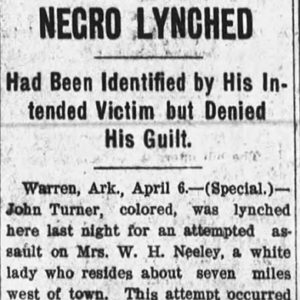 John Turner Lynching Article
John Turner Lynching Article
Turner, William (Lynching of)
 Union County Lynching
Union County Lynching
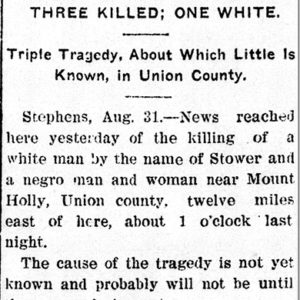 Union County Lynching Article
Union County Lynching Article
Union County Lynching of 1873
Union County Lynching of 1904
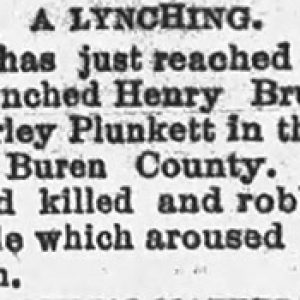 Van Buren County Lynching Article
Van Buren County Lynching Article
Van Buren County Lynching of 1894
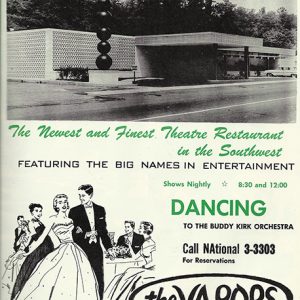 Vapors Ad
Vapors Ad
Vapors
 Vapors Postcard
Vapors Postcard
 Vapors, Former Location
Vapors, Former Location
Wainwright, Larry (Murder of)
 Wallace Execution Article
Wallace Execution Article
Wallace, John (Reported Lynching of)
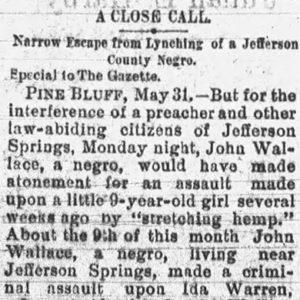 John Wallace Lynching Article
John Wallace Lynching Article
Wallace, Sidney
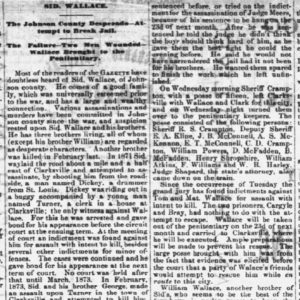 Sidney Wallace Article
Sidney Wallace Article
Walnut Ridge Race War of 1912
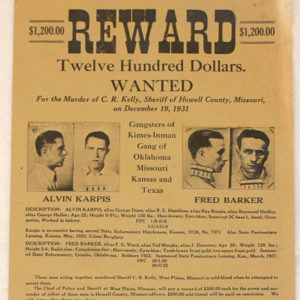 Wanted Poster
Wanted Poster
 Warden Murderers Sentenced
Warden Murderers Sentenced
Warden, Granville (Murder of)
Ware, Jim and Jack (Lynching of)
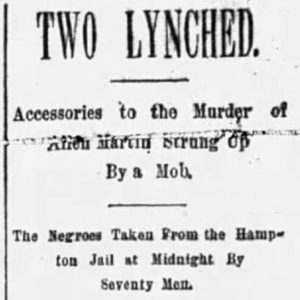 Ware Lynching Article
Ware Lynching Article
 Warren Story
Warren Story
Warren, Will (Lynching of)
 Washington County Lynching Article
Washington County Lynching Article
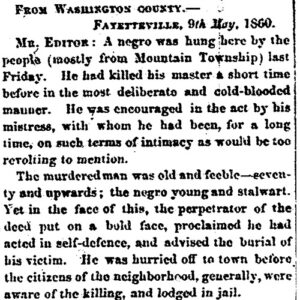 Washington County Lynching Article
Washington County Lynching Article
Washington County Lynching of 1856
aka: Randall (Execution of)
Washington County Lynching of 1860
Washington, George (Lynching of)
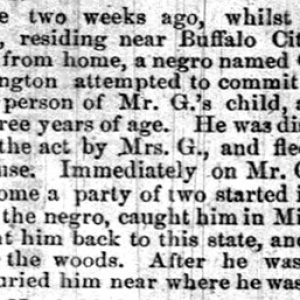 Washington Lynching Article
Washington Lynching Article
Weaver, Emily
Webster, J. H. (Murder of)
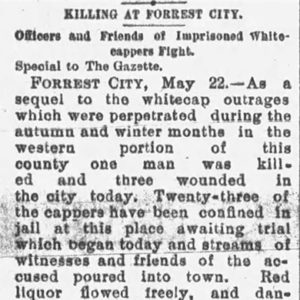 J. H. Webster Murder Article
J. H. Webster Murder Article
Wells, Elias (Lynching of)
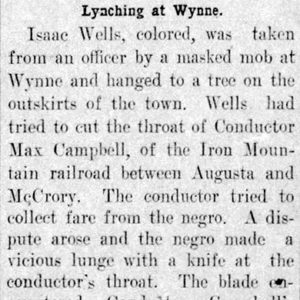 "Isaac" Wells Lynching Article
"Isaac" Wells Lynching Article
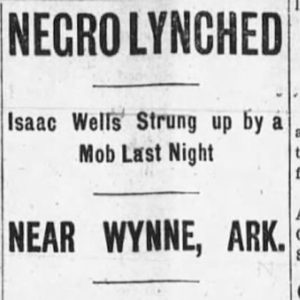 "Isaac" Wells Lynching Article
"Isaac" Wells Lynching Article
West Memphis Three
West, John (Lynching of)
 West Lynching Article
West Lynching Article
Westside School Shooting
 White County Lynching
White County Lynching
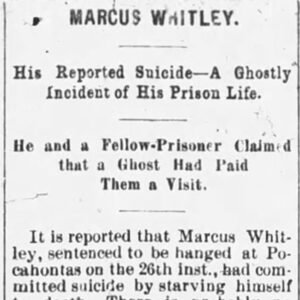 Whitley Suicide Story
Whitley Suicide Story
 Wiley Lynching Article
Wiley Lynching Article




